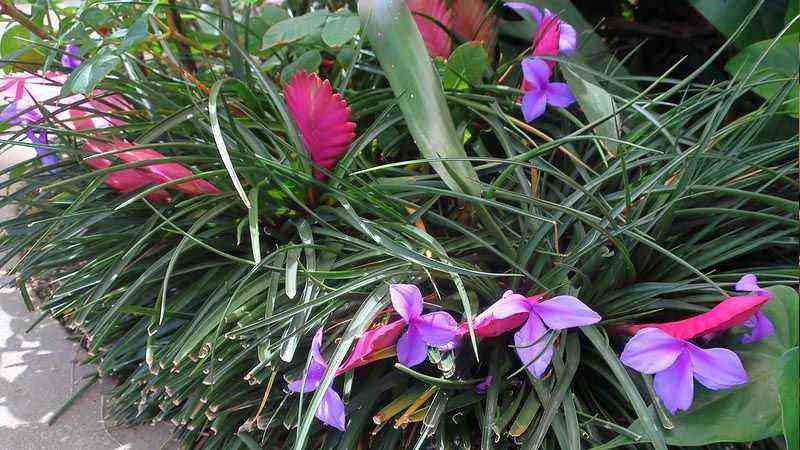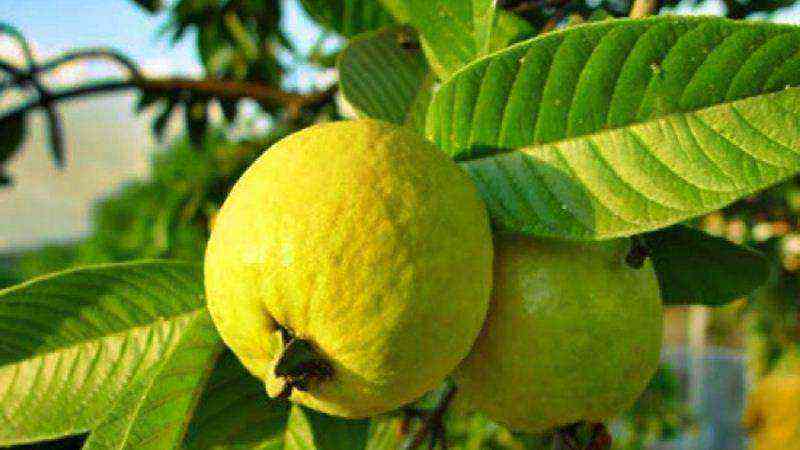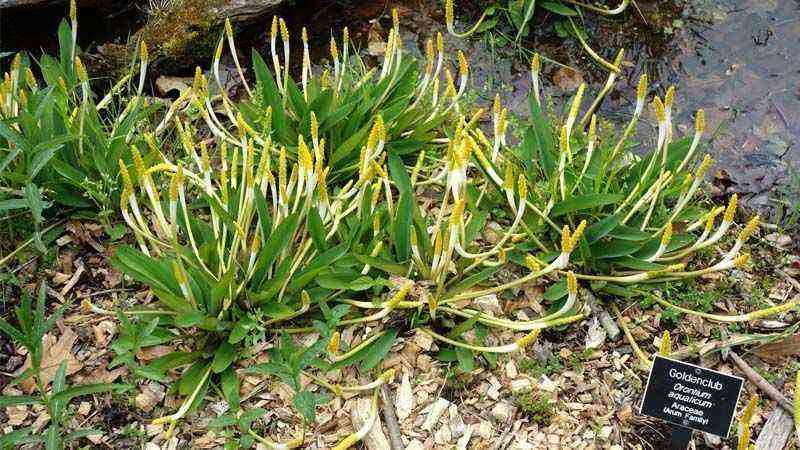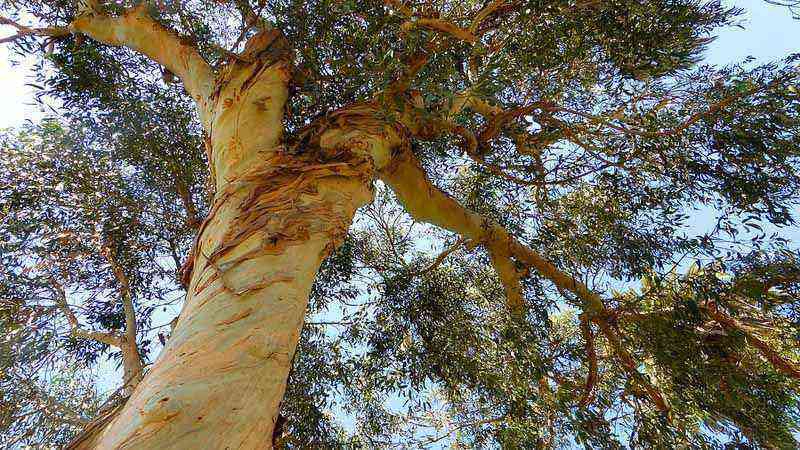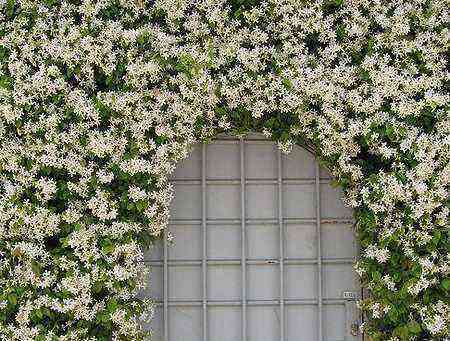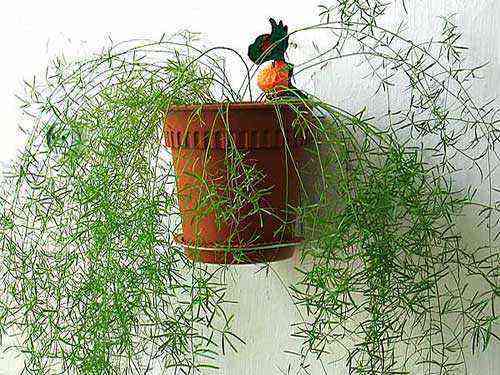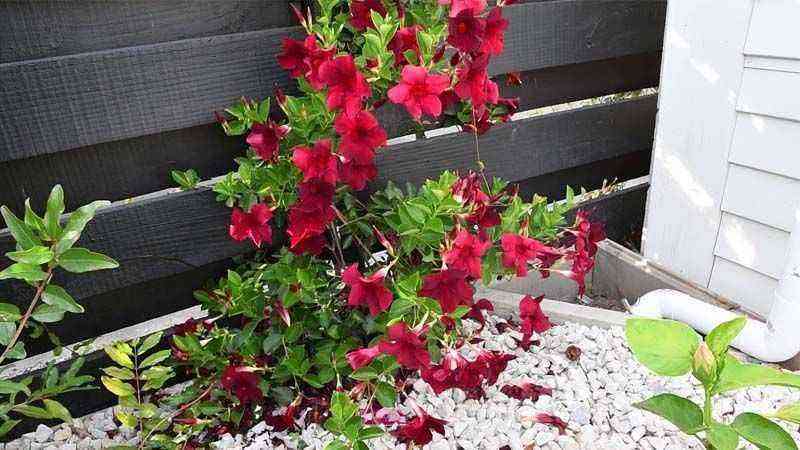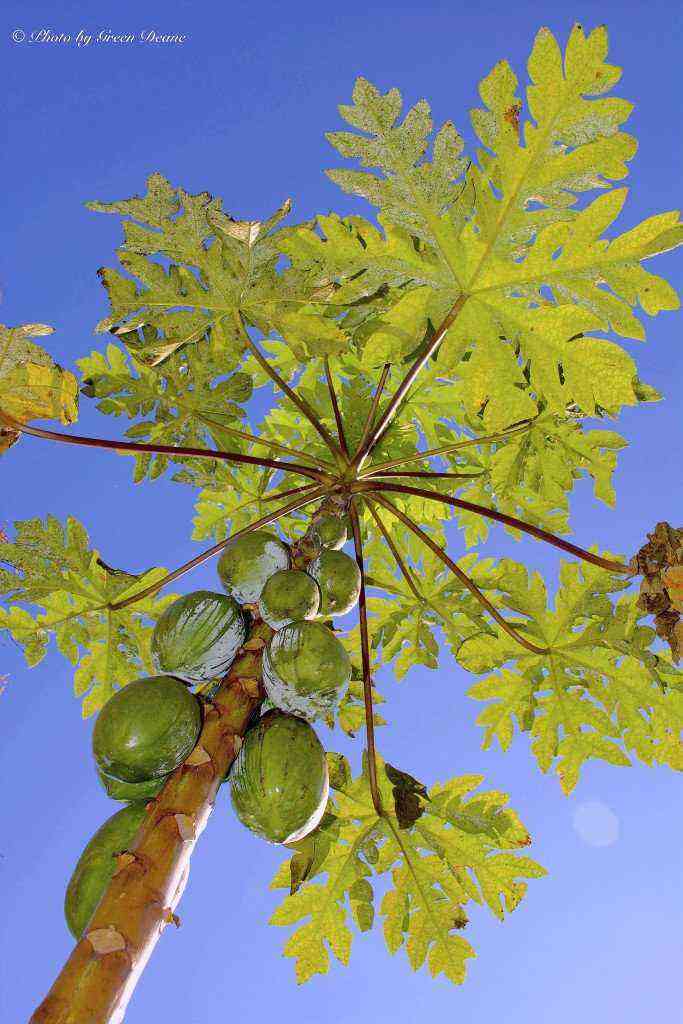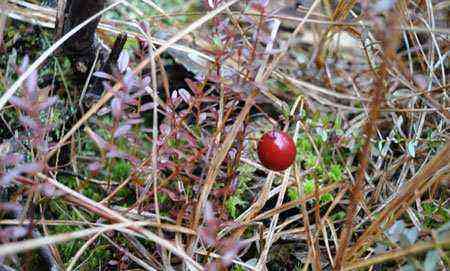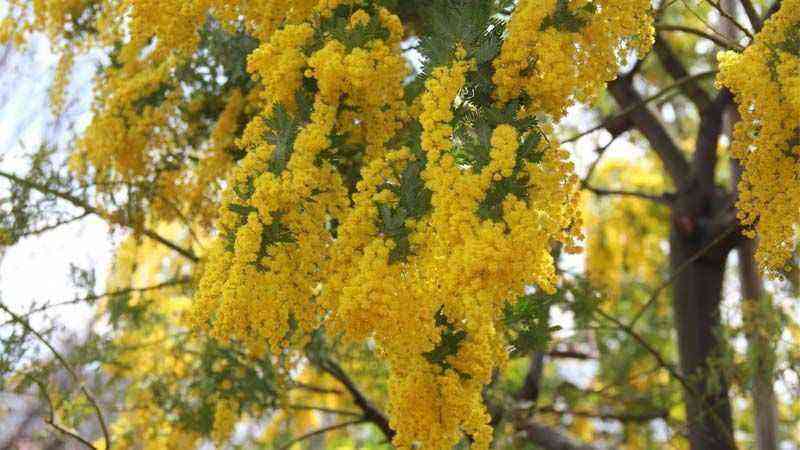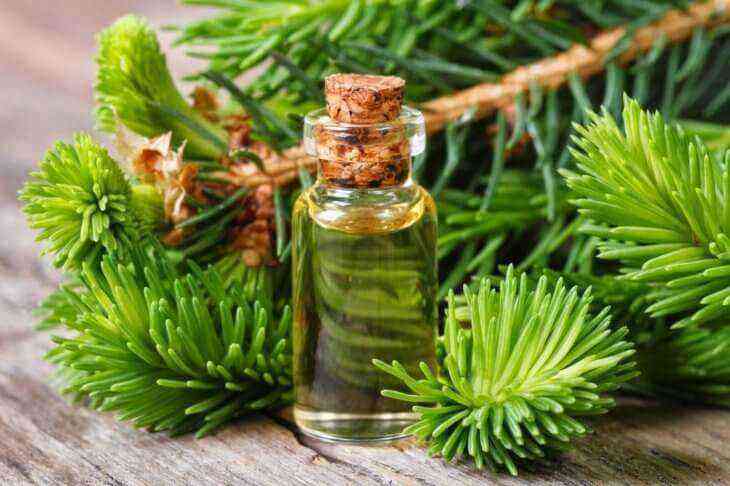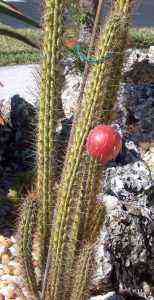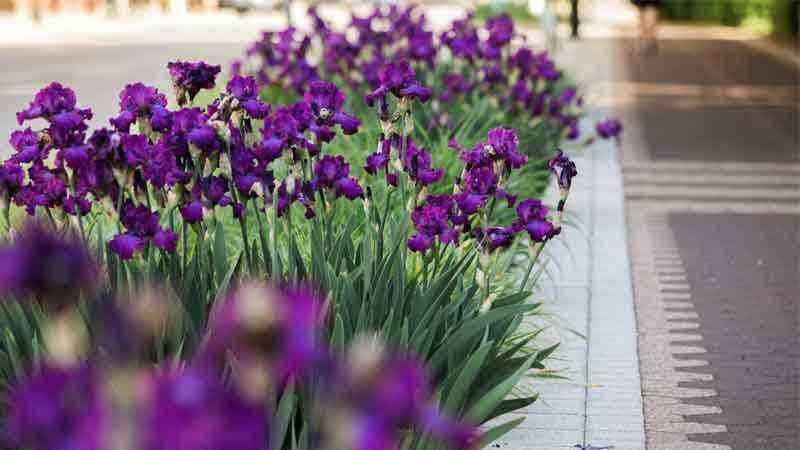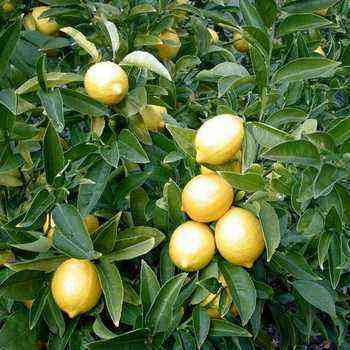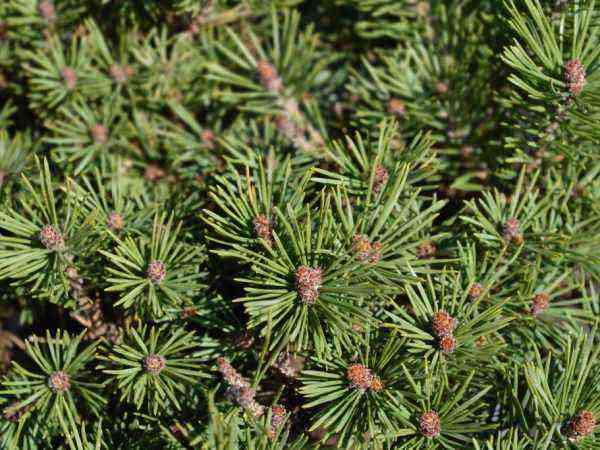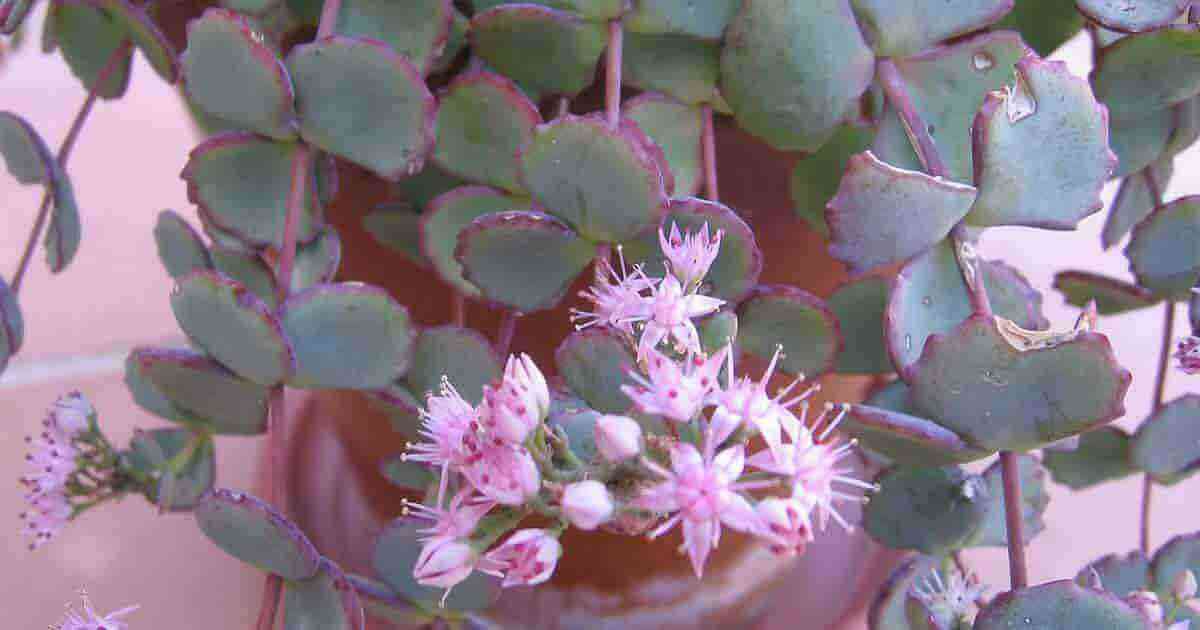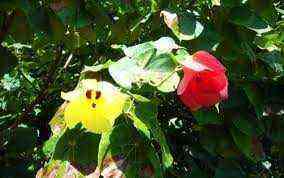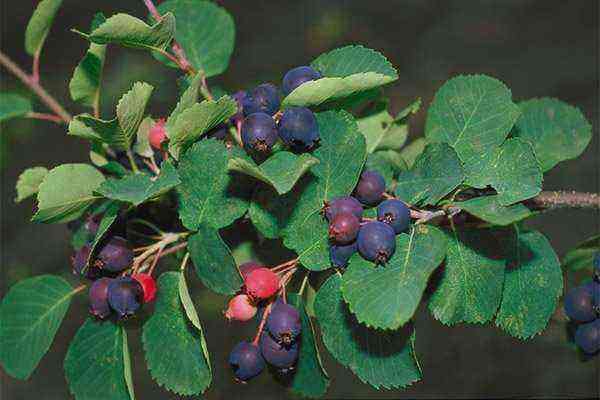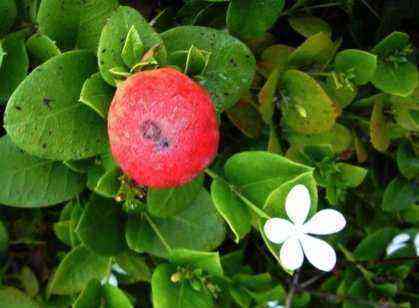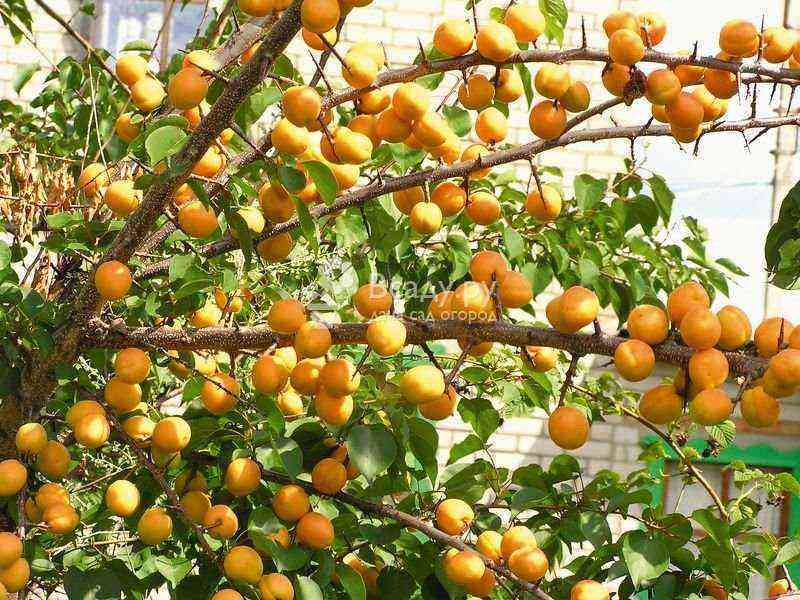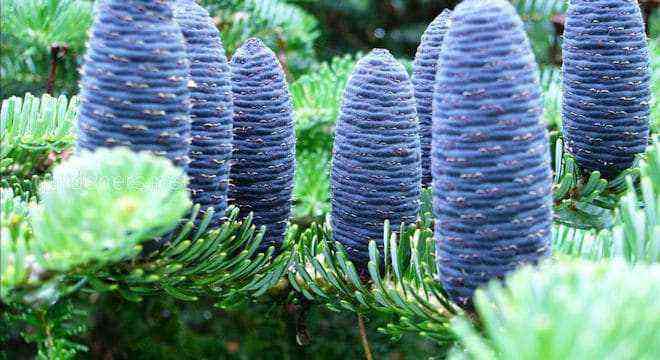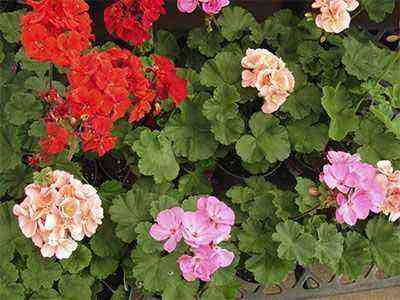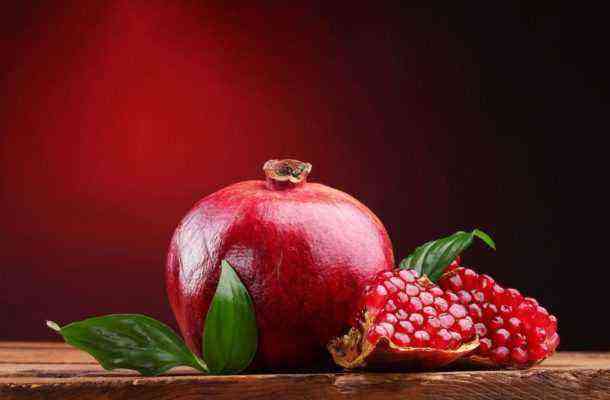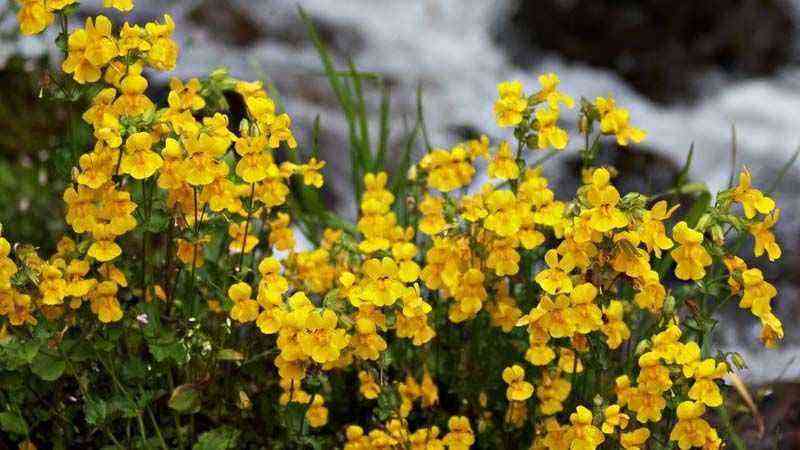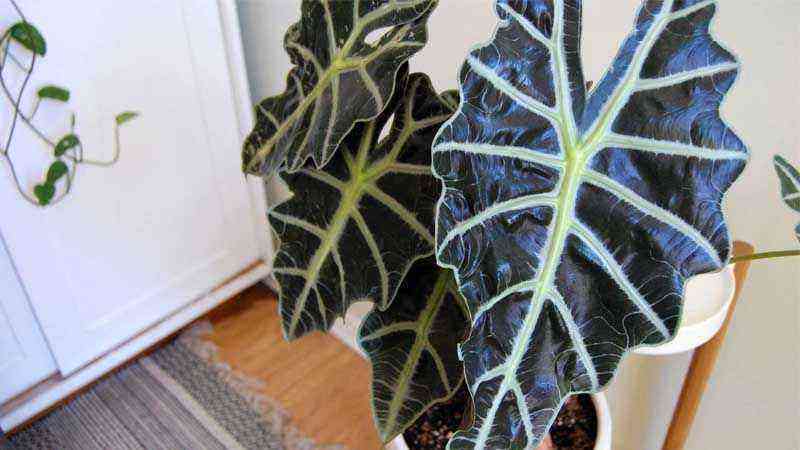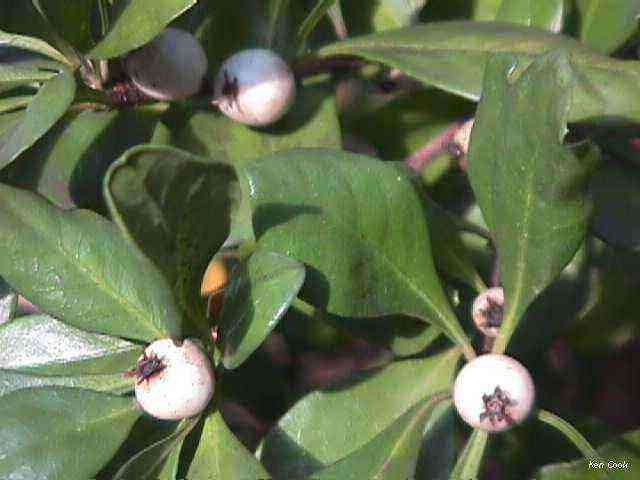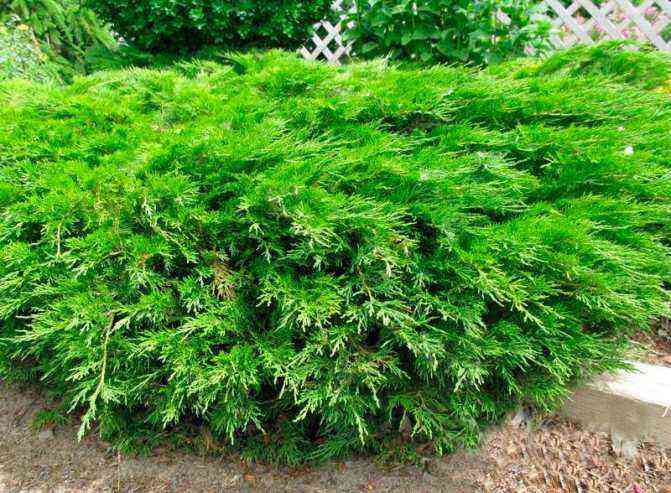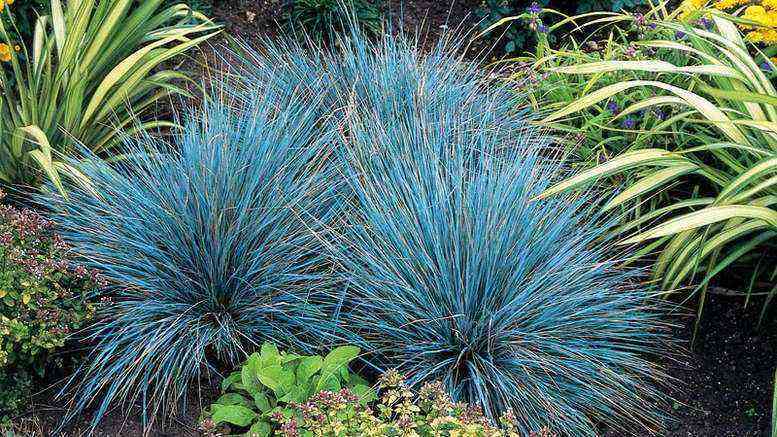Legend has it that Cyanos, a young and beautiful Roman very devoted to the Goddess Flora and who was very fond of the color blue, died suddenly while walking through a wheat field. The Goddess, moved by such premature death and grateful for the devotion that the young man professed to her, turned him into a beautiful blue flower to which she gave the boy’s name.
Legends aside, the cornflower, whose scientific name is Centaurea cyanus, It is a herbaceous plant of the Asteraceae family and classified in the genus Centaurea. Originally it grew wild in the cereal fields of Europe and its seeds have adapted to all types of climates, which is why today they can be found on all continents.
It is popularly known for infinity of common names, and the most used are: cornflower, tile, sky flower, blue, lanterns of the Virgin, brush, cabezudo or lantern of the fields.
Despite its humble origins, the cornflower flower has a great weight in the popular culture of some countries, not in vain it is the national flower of Estonia and in France it is the symbol of the «Associations of former combatants». It was also John F. Kennedy’s favorite flower, and his son used it at his wedding as a beautiful tribute to his father.
Characteristics of the cornflower (Centaurea cyanus)
The cornflower, in addition to the beauty of its flowers, is also known for possess some medicinal properties and uses in cosmetics. Is a annual plant who rarely survives two years, who has lost some of his wild character to become very popular as ornamental plant on terraces, balconies and gardens and also for making bouquets in flower shops.
Stem
Covered by a hairy look and feel, it is straight, fine and flexible, and branches at the top. The plant, as a whole, can measure one meter high.
Leaves
They are elongated, narrow, with smooth edges and longitudinally arranged ribs, those closest to the base may have small “horns” on the sides. They are also covered in hairiness and are between 1 and 4 centimeters in length.
Flowers
Very striking and with a flake-like structure, they are made up of three parts: an ovoid-shaped head with small, tight-fitting, overlapping green leaves (bracts) from which two types of florets or florets emerge, and the peripheral ones much larger and bold, sterile deep blue, and much smaller interiors a deeper bluish purple.
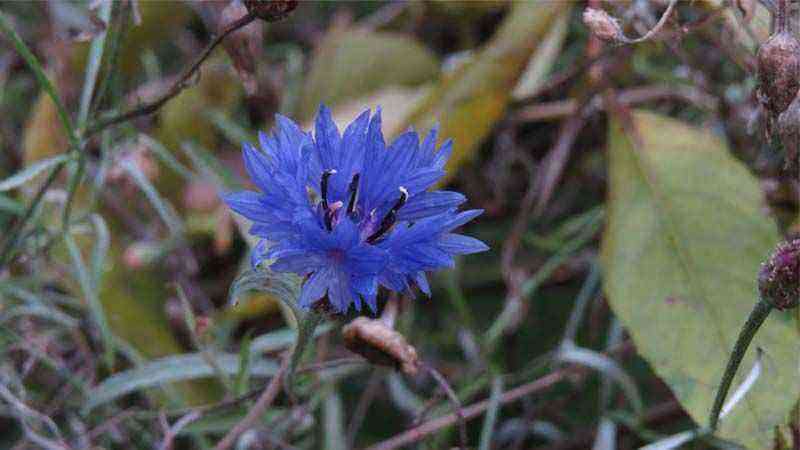

Cultivation of the ornamental cornflower in the garden
Cornflower is a plant that does not require much careBeing a plant grown outdoors, a place in full sun and with mild temperatures will be enough to be able to enjoy them.
Substrate characteristics
In gardens supports almost any type of soil As long as it has good drainage and if we have it in pots, a universal growing substrate with 30% perlite will be enough.
Irrigation and fertilizer
Although it is a plant that withstands dry climatesTo have a good and continuous flowering, it needs a lot of water in the hottest months. The most convenient irrigation frequency to ensure a vigorous plant is 3 or 4 times a week in summer and every five or six days in winter.
It’s advisable fertilize in early spring with some universal liquid fertilizer for plants.
Multiplication tips
Due to its wild origin, the cornflower is a plant that reproduces very easily by seeds planted during the spring. We must be careful if we have them in gardens, since each plant produces hundreds of seeds that can germinate and make it invasive, damaging the other plants that are nearby.
Medicinal properties and uses of cornflower (Centaurea cyanus)
Since time immemorial there are many properties attributed to the cornflower, even magical as a talisman to attract love.
In cosmetics it is used for preparation of mild shampoos and makeup remover lotions, but the most interesting are its therapeutic properties, especially those related to eye health. The French prepared an infusion they called broken water glasses (water from broken glasses) because they thought exaggeratedly that by washing their eyes with that lotion they would stop needing them.
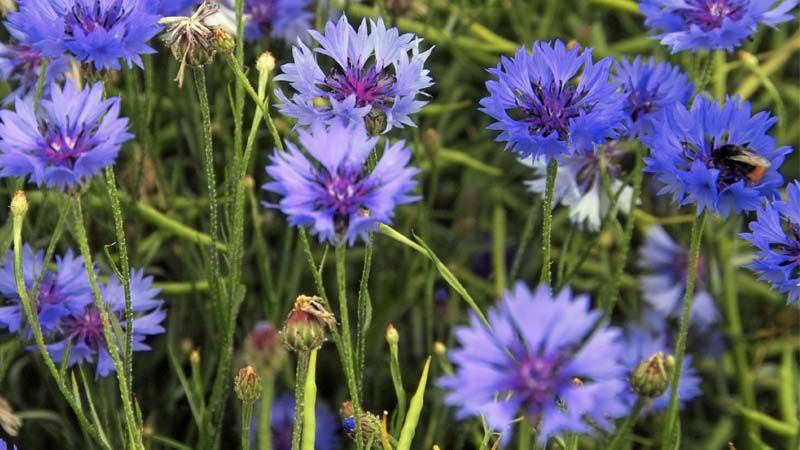

Centaurea cyanus contains bluish pigments (pelargolin and cyanine), bitter principles, sesquiterpenic lactones (cnicin and centaurin), mucilages, flavonoid tannins (quercimethrin), acetylenic compounds, coumarins and a not inconsiderable amount of mineral salts.
To use with therapeutic purposes, Cornflower should be collected when it is in full bloom during spring, leaving its flowers to dry in a ventilated place where it does not get the sun and then store it in an airtight jar where it does not get light. With it you can prepare infusions and decoctions that have the following properties:
- The bitter principles make it an excellent appetite stimulator.
- Centaurine acts as an antipyretic, relieving fever.
- It has antibiotic and anti-inflammatory properties so it can be used for mouthwashes to relieve sores, dental discomfort, and bleeding gums.
- Relieves symptoms caused by rheumatic diseases.
- Improves circulation in legs with varicose veins.
- Its properties gain prominence in relation to the health of the eyes:
- Relieves eyestrain caused by improving microcirculation, reducing ocular inflammation and regenerating the vascular layer of the retina.
- Applied in compresses on closed eyes, it is used as a remedy for conjunctivitis.
- It acts as an antibiotic and anti-inflammatory to relieve the symptoms of styes.
The cornflower we will take as an infusion To improve the conditions described above and in the case of ocular discomfort, we will apply it in a compress on the closed eyes.
To prepare the infusion we will need a dessert tablespoon of the dried plant for each cup of boiling water that we will let infuse covered for about four or five minutes, after that time we will strain it and it will be ready for the use we want to give it.
